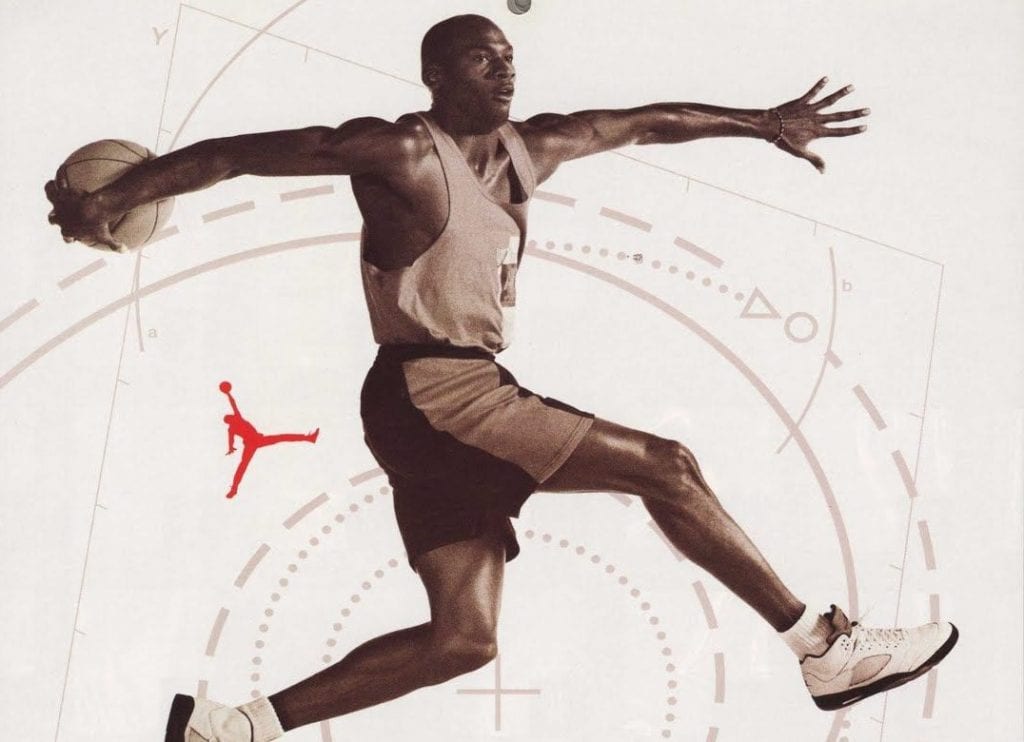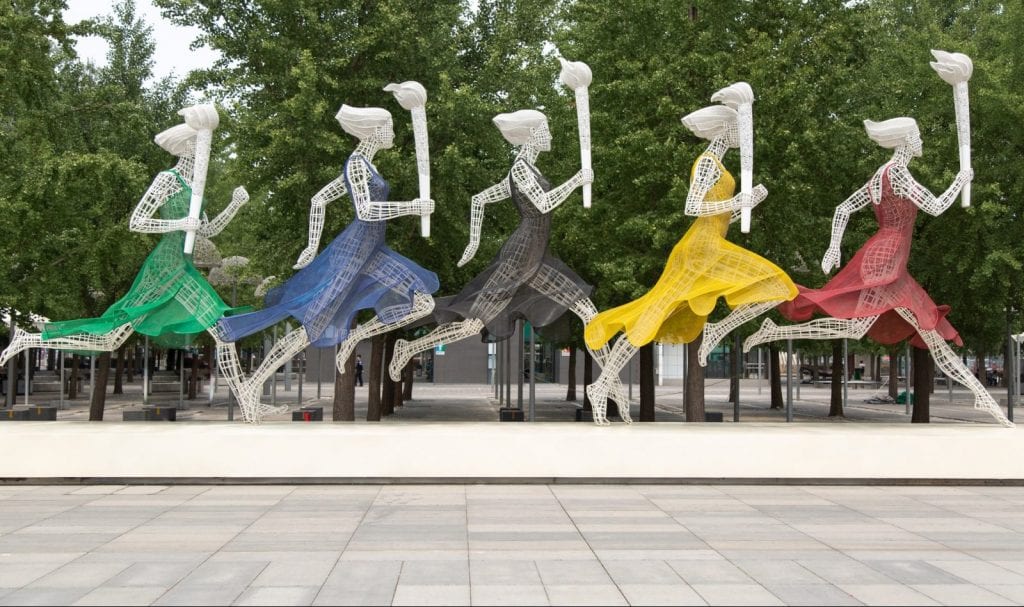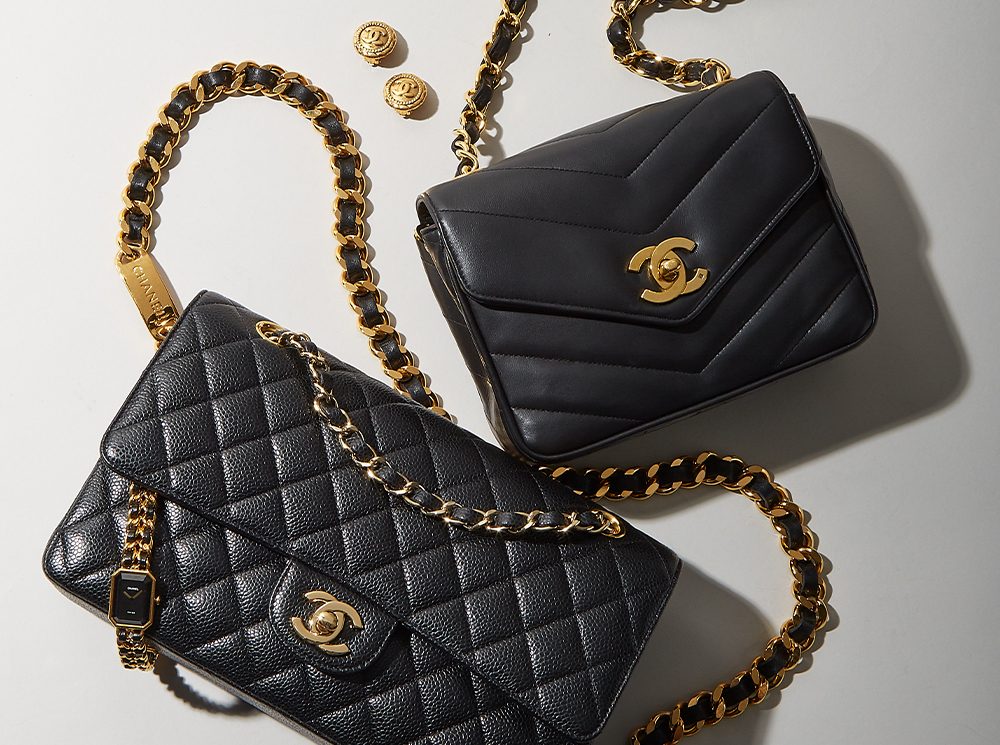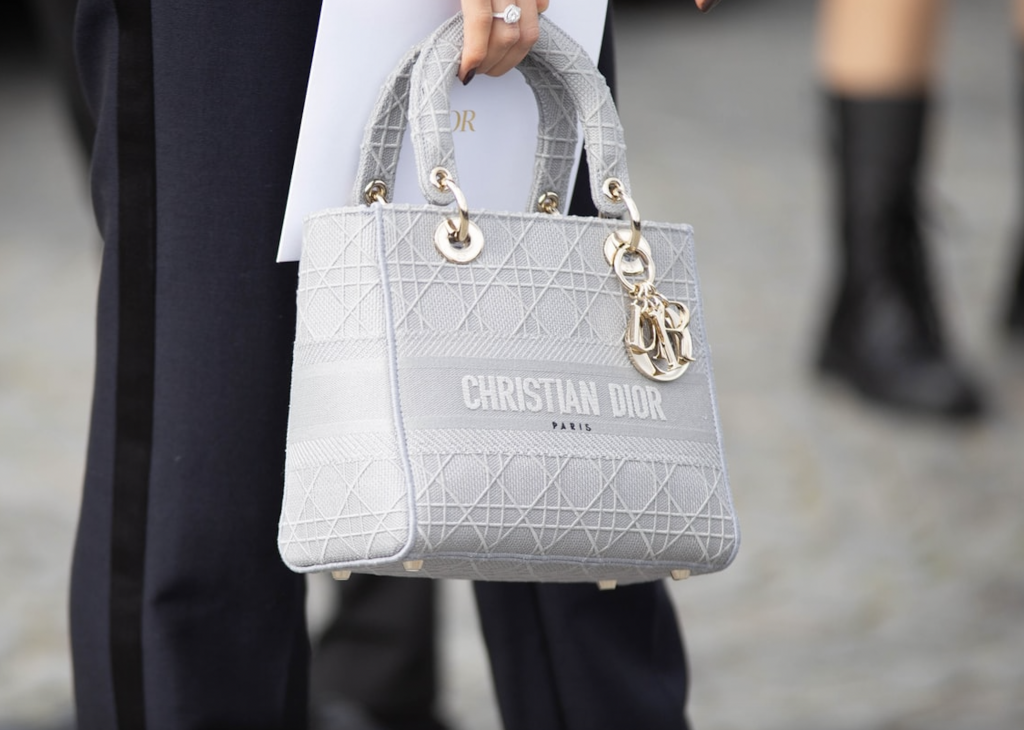After almost a decade of litigation, Michael Jordan won a hard battle against Qiaodan Sports Co., Ltd. China. In a decision dated March 26, 2020, the Supreme People’s Court of China (“SPC”) overturned the lower courts’ decisions and ruled in favor of the NBA legend in one of the invalidation proceedings over a trademark registration for “Qiaodan”– a commonly recognized phonetic translation for the name “Jordan” – along with a design that depicted a basketball player in midair attempting a layup, which Qiaodan Sports had held since 2007 for use in connection with its manufacturing, marketing, and sale of clothing.
The main issues before the Chinese court was whether the registration and use of the disputed trademark infringed upon Michael Jordan’s rights in his name and his portrait, both of which predated Qiaodan’s 2007 registration, as protected by Article 31 of the Trademark Law of China, and whether, as a result, the registration should be invalidated.
In its March decision, the SPC held that despite the lower courts’ decisions against Jordan (largely on the basis that “Qiaodan” is a common surname without any “absolute” or “sole” corresponding relationship with Michael Jordan), the “Qiaodan” name has acquired a high level of fame and reputation in China, and that Chinese consumers are accustomed to referring to Michael Jordan by the transliteration of Qiaodan. Because of the strong, corresponding relationship between “Qiaodan” and Michael Jordan, the court held that the registration and use of the disputed trademark by the Fujian-headquartered company infringed Jordan’s rights, as it is likely to cause confusion among the consuming public, if it has not done so already.
Unlike the lower courts, the SPC was persuaded by the substantial volume of evidence submitted by Jordan’s counsel, including over 200 newspaper articles, and more than 1,000 articles in sports and educational magazines, as well as various books, which used the Chinese transliteration for Jordan to refer to Michael Jordan.
Counsel for Jordan also submitted two highly-favorable investigation reports, which showed that 85 percent of the interviewees – namely, residents in Beijing, Shanghai, Guangzhou, Chengdu and Changshu – said “Michael Jordan” was the first thing that would come to their mind when “Qiaodan” was mentioned, versus just 15 percent, who said “Qiaodan Sports.” Further, when asked whether they believed that Michael Jordan and Qiaodan Sports were affiliated, nearly 70 percent said yes. Even more significantly, over 90 percent of the interviewees who had bought the products of Qiaodan Sports revealed that they believed the products of Qiaodan Sports were related to Michael Jordan.
With such evidence in mind, the SPC – which is the highest court in China – found that the use of the “Qiaodan” mark by Qiaodan Sports amounts to trademark infringement, and ordered the China National Intellectual Property Administration to re-examine the invalidation proceedings involving the mark at issue.
The highly-anticipated decision is undoubtedly a win for celebrities and brand owners who wish to rely on prior name rights to defend against infringements in China, where the trademark system generally operates on a first-to-file (and not a first-to-use) basis when it comes to amassing rights, save for updates to the law to include bad faith filing recourse for brand owners and individuals, that have been targeted by such infringement.
Of particular note should be the fact that in relation to the proving of prior name rights by Jordan, the SPC adopted a more relaxed approach of requiring only a “stable” (as opposed to “absolute” or “sole”) corresponding relationship between the name in dispute and the person claiming to have the prior rights. It should be noted that aside from the articles submitted, the results of the parties’ consumer studies played an important role in persuading the SPC to accept the “stable” corresponding relationship between Michael Jordan and “Qiaodan.” As such, this judgment nrves as an example as to how – exactly – proper survey/investigation should be conducted.
New Balance v. New Barlun
In a separate case, the Shanghai Pudong People’s Court (“PPC”) recently issued a decision in favor of New Balance in its unfair competition lawsuit against New Barlun Co Ltd., ordering the Chinese athletic company to pay the Boston, Massachusetts-based sportswear giant damages of RMB 10.8 million ($1.5 million) in connection with its unauthorized use of the stylized letter “N” on its shoes. The PPC’s April 2020 decision – which brought an end to New Balance’s 16-year battle against the copycat brand that had enjoyed significant success by imitating New Balance’s stylized “N” logo – followed from years of losses for New Balance in the form of opposition and invalidation proceedings against the registration of the mark by New Barlun.
As it turns out, New Barlun successfully obtained a trademark registration for a lookalike mark long before New Balance, thereby, highlighting one of the more common tactics employed by trademark infringing parties: the registration and use of marks that are almost identical to foreign brands’ marks with a slight modification in order to avoid facing any objection during the registration process.
In this case, New Balance successfully argued that aside from its rights in the “N” logo, itself, it had amassed trade dress rights in the placement of its signature “N” on both sides of its sneakers due to its repeated and consistent use of the mark and its particular placement on its shoes since 2001, which was before the application of the lookalike mark by New Barlun, leading to its win based on unfair competition.
In siding with New Balance, the PPC held that New Balance’s trade dress rights, which are civil rights, and its trademark rights, which are obtained through administrative procedures, are separate types of intellectual property with different scopes and durations of protection. As such, regardless of whether New Barlun had obtained a registration for the “N” mark, it was using the mark in the exact format on its shoes, and thus, gave rise to merited claims of trade dress infringement/unfair competition by New Balance.
A key takeaway here is that in addition to pursuing trademark infringement actions, brand owners should consider asserting unfair competition claims, as that will likely cause the court will be more willing to take into account all relevant factors, instead of simply ruling on the basis of the existence of a trademark registration.
What Brands Need to Know
Taken together, these two cases are consistent with larger trends exhibited by Chinese courts in recent years, which have seen them exercise their discretion and award damages above the statutory limits and/or exhibit increasing willingness to protect non-native brand owners’ rights in China after exhibiting significant preference for native entities.
As World Trademark Review previously asserted, damages awards in civil trademark infringement cases tend to amount to “the actual losses that the plaintiff suffers as a result” of the infringement, and in cases in which “actual losses cannot be ascertained, damages may be calculated based on any illicit profits that the defendant earns from the trademark infringement.” Even with that in mind, based on “several judicial interpretations and judicial opinions,” and depending on whether “the trademark infringement is malicious and results in serious damages,” courts may go (and have gone) “beyond the statutory Rmb3 million [$429,565] limit and grant substantially higher damages if supporting evidence is available,” which is precisely what happened in the New Balance case.
This trend goes back to 2015 when the Beijing Intellectual Property Court awarded its first-ever maximum statutory damage under China’s trademark law in favor of luxury outwear maker Moncler in its trademark infringement and unfair competition fight against a native Chinese apparel company.
Moreover, it is worth noting in connection with both cases that non-native rights holders seeking to stomp out infringement of their marks in China may rely on existing rights other those provided by trademark law as grounds for litigation, and are encouraged to build their cases by producing a significant amount of evidence, including detailed and regulated investigations and surveys with notarization (as we observe that courts are more inclined to accept them as evidence) to establish secondary meaning.
These cases are likely just two of a growing pool of litigation that will see Western brand owners successfully claiming rights in their trademarks in China from infringing parties and trademark squatters.
Ken Hung is a Partner of Vivien Chan & Co.
Vivian Chan is the founding and senior partner of Vivien Chan & Co., a Greater China law firm with offices in Hong Kong and Beijing. (Edits/additions courtesy of TFL)











